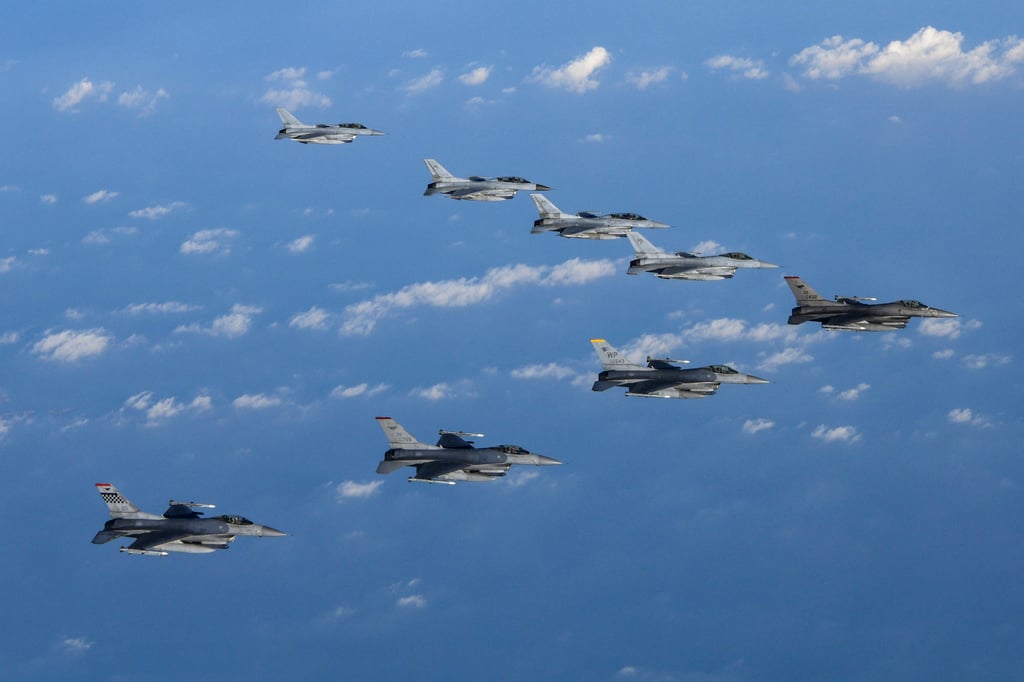US nuclear bomber joins drills with S. Korea, Japan after Pyongyang missile test
South Korea’s military said the drills showed the resolve of the ROK and the US to strengthen their deterrence against North Korea

The United States flew a long-range bomber in a trilateral drill with South Korea and Japan on Sunday in response to North Korea’s recent test-firing of a new intercontinental ballistic missile designed to strike the US mainland, South Korea’s military said.
North Korea on Thursday tested the newly developed Hwasong-19 ICBM, which flew higher and stayed in the air longer than any other missile it has fired. North Korean leader Kim Jong-un called it “an appropriate military action” to cope with external security threats posed by its rivals.
Sunday’s drill mobilised the US’ B-1B nuclear bomber, South Korea’s F-15K and KF-16 fighter jets, and Japan’s F-2 jets, Seoul’s military said.

“The exercise demonstrates the commitment of the ROK-US alliance to integrated extended deterrence in response to the advancing nuclear and missile threats from North Korea,” said South Korea’s Joint Chiefs of Staff in a press release.
During the aerial manoeuvre, South Korea and Japan’s jets escorted the US strategic bomber to a designated location south of the Korean peninsula, “demonstrating an overwhelming capability to swiftly and accurately strike simulated targets,” it added.
It was the fourth time this year the nuclear bomber was deployed to the Korean peninsula, the military said, and the second time for a trilateral aerial exercise to counter Pyongyang’s military threats.
The US often responds to major North Korean missile tests with temporary deployments of some of its powerful military assets, such as long-range bombers, aircraft carriers, and nuclear-powered submarines to and near the Korean peninsula.
North Korea typically responds angrily to such US actions, calling them part of an American-led plot to invade the North and perform additional weapons tests.
